As if a visit to Oxford, “city of dreaming spires”, isn’t reward enough, a day spent at the University of Oxford’s Botanic Garden (OBGHA) is an absolute delight.
Botanic gardens have an important role to play in plant conservation, with research, development, seed banks and education, contributing to preserving plant diversity. About 100,000 plants, more than a third of the world’s plant species, are facing extinction in the wild and Botanic Gardens worldwide have an important role to play in their preservation.
The role of Botanic Gardens in Plant Conservation.
So it is an added bonus when they are aesthetically pleasing as well.
At Oxford, the Gardens are divided into the Lower Garden and the Walled Garden as well as seven glasshouses packed with treasures – 1200 different species from around the globe.
Inside the glasshouses, one moves from the humidity of a tropical jungle
to alpine and desert environments
Each glasshouse draws you onwards to explore its treasure, and it’s the variety of species and environments which is so exciting. There’s even an Insectivorous House for those intrigued by plants for which insect protein is an essential nutrient of growth – isn’t Nature amazing?
The glasshouses are easily ignored but are definitely worth a visit, in a lovely situation down by the river.
The Walled Gardens, outside, contain the scientific collections – medicinal plants, a National Plant Collection of Euphorbias (one of my favourites) and even a “1648 Collection” from the Catalogue of the Garden’s first director in 1648, with Alchemilla mollis, Epimediums and Tradescantia.
In the Lower Garden, lies a traditional English herbaceous border first laid out in 1946; notice how key plants are repeated along the border. Successional planting ensures flowering through spring and summer.
For me, the most interesting are the Merton Borders, which are being developed as an example of sustainable horticulture. 85% of the plants are being established by sowing seeds, with species selected from dry grassland communities so that they can withstand drought, with South African, Mediterranean and North American zones. They require no staking, fertiliser, nor irrigation …
and, in early summer, very pretty they look indeed, I’m sure you’ll agree?
Full information here : The University of Oxford Botanic Garden


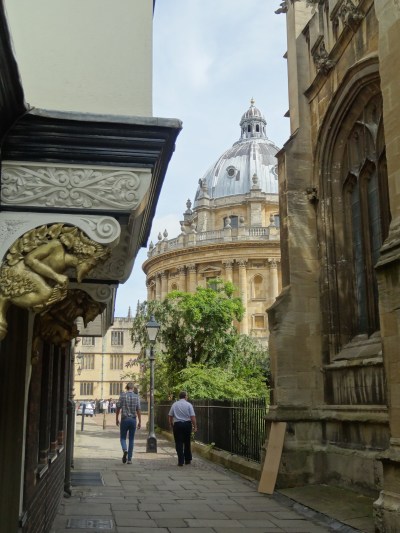
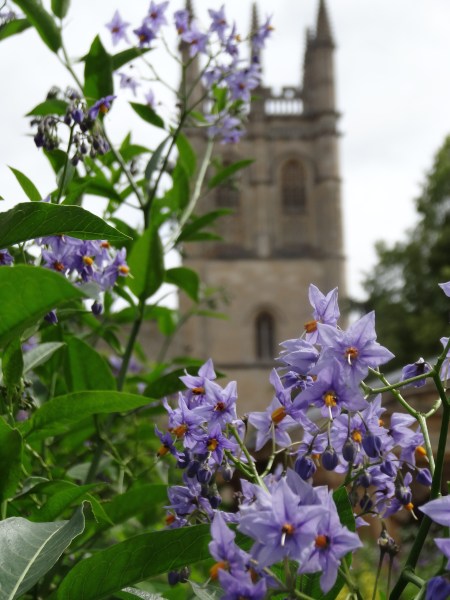
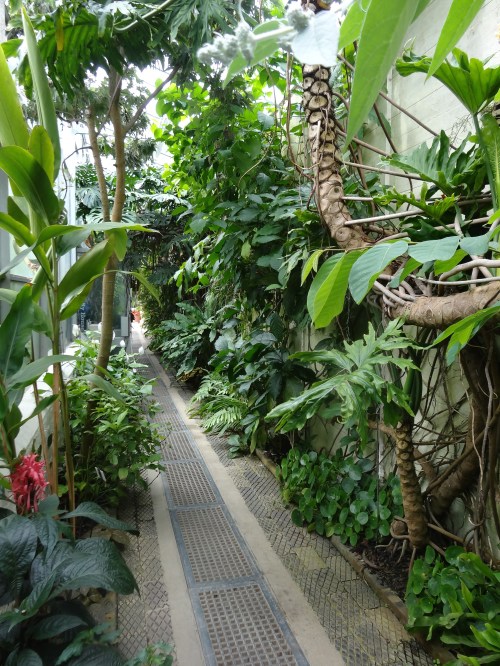

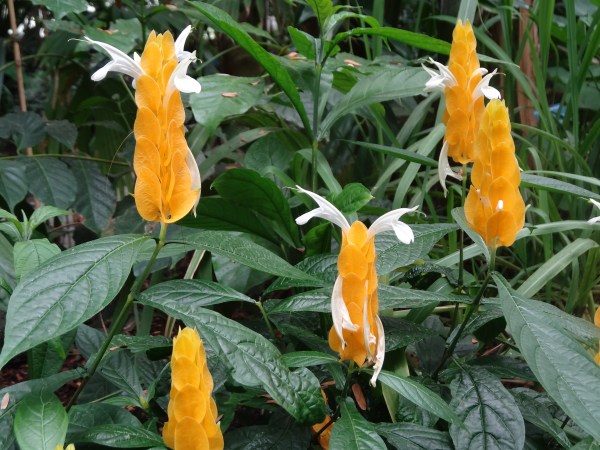
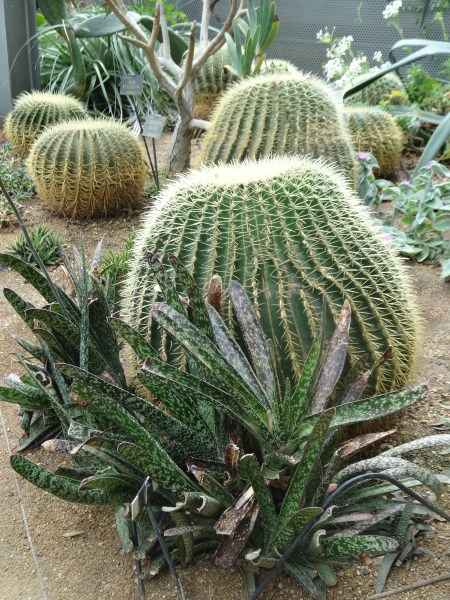
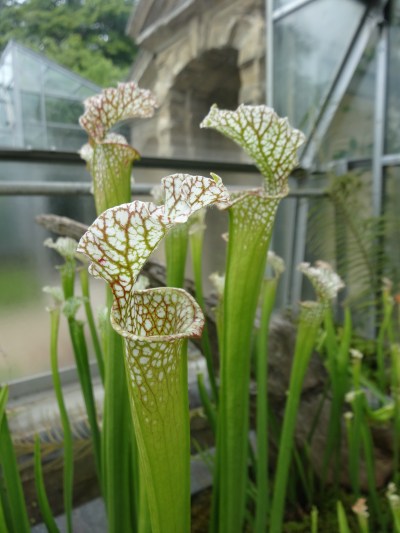
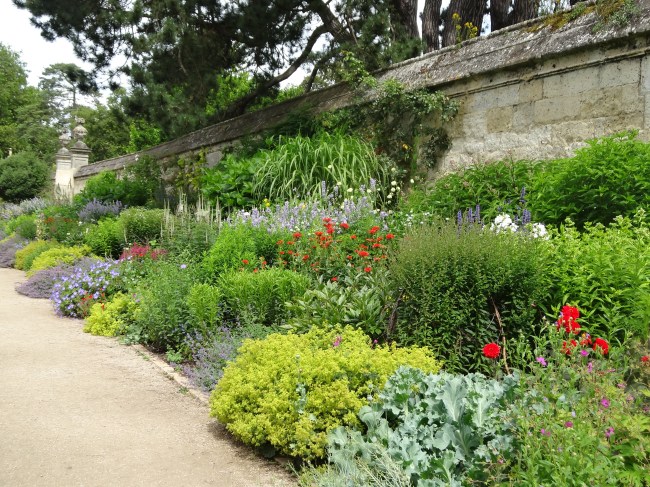

A wonderful botanical garden! I loved the Insectivorous so elegant! I have pinned this to my board of gardens I want to see and touch : )
LikeLiked by 1 person
Many thanks Laurin! It’s even better in reality!
LikeLiked by 1 person
Reblogged this on Old School Garden.
LikeLiked by 1 person
What a beautiful garden. I agree with the Merton border – that is incredibly pretty, and, because it requires no real intervention is so easy to replicate at home. Just wonderful!
LikeLiked by 1 person
Thanks Matt. Something to aspire to – minimum intervention!
LikeLike
I would love to know what species they are using in their merton borders – they sound exactly like plants I need to be growing! I shall do some more research 🙂
LikeLiked by 1 person
Will be writing about creating such a border later.
Meanwhile, this may help :
http://www.botanic-garden.ox.ac.uk/merton-borders-seeds-change
LikeLike
Thanks! I did go there when I first read the entry but somehow missed the link to the species list so it was great to go again. I’ve saved it for future reference 🙂
LikeLike
I just love a garden like that along a wall – and need to do the same at my house!
LikeLiked by 1 person
I agree Cathy, a real asset to have a wall as a backdrop to a border. Great if you have the space too to make a nice deep border too.
LikeLiked by 1 person
I have one wall like that but lots of CLAY in the soil there but I have planted some candidates that are doing well, but I need to fix it all up – looks messy! One of those garden to dos. 🙂
LikeLiked by 1 person
A magnificent garden Lorna. The Merton borders are fabulous. 🙂
LikeLiked by 1 person
Thanks Sylvia. The Merton borders were my favourite.
LikeLike